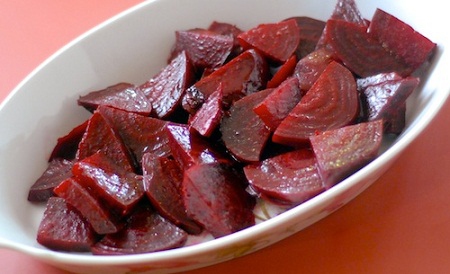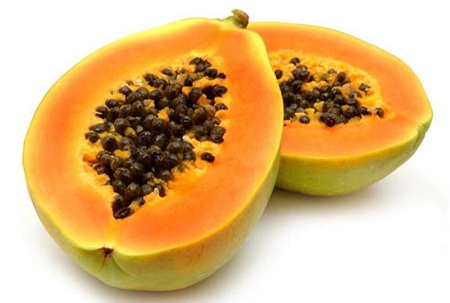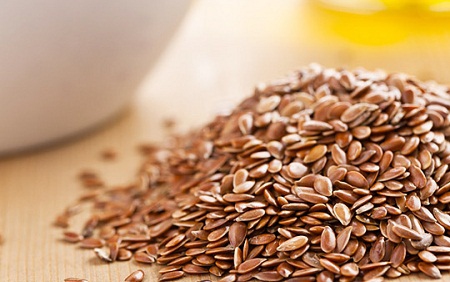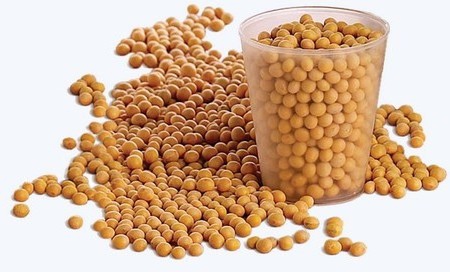The Glycemic Index (GI) measures the effect that carbohydrate-containing foods have on our blood sugar. Foods are ranked on how quickly they are digested as low GI foods are digested more slowly; therefore, they are more filling and beneficial for weight loss and blood glucose management.
In recent years, low GI diets have been associated with a decreased risk for developing diabetes, heart disease, metabolic syndrome, stroke, chronic kidney disease, formation of gall stones and uterine fibroids, neural tube defects, depression and cancers of the pancreas, prostate, colon and breast.
Originally developed for diabetics, the usefulness of low GI carbs has grown with the understanding of how blood sugar levels effect hunger. When a carbohydrate is consumed, the blood sugar rises and insulin is produced. The insulin decreases blood sugar, causing feelings of irritability and lethargy; therefore, you get hungry faster with cravings for sugary foods to boost your blood sugar.

Benefits of a Low Glycemic Index Diet
Decreased Risk for Diabetes
Several studies have shown that people who eat high GI carbs and low fiber diets actually double their risk for the development of Type II diabetes. According to a study of nearly 43,000 men which was performed by Harvard, a person can decrease their risk for developing diabetes by 42% just by eating low GI foods.
Decreased Risk for Heart Disease
Studies have shown that eating whole grains can lower one’s risk for a heart attack by 29%. Persistently high blood glucose levels increases the risk of heart attack. Eating low GI carbs like whole grains and oatmeal helps keep blood sugars stable. The low GI diet also decreases one’s risk for developing high blood pressure and elevated triglycerides and also it gives your body an adequate amount of heart-healthy cholesterol (HDL).
Reduces Inflammation
When cholesterol invades the walls of our arteries, the immune systems response is inflammation, as with any type of injury to our body. Eating low GI carbs that are rich in soluble fiber helps to alter this process by clearing out the bad cholesterol in our bodies.
Weight Loss
Studies have concluded that people who consume mostly low GI carbs tend to weigh less than others who incorporate foods that are sugary or starchy in their diets. Low GI foods keep you fuller longer which decreases appetite throughout the day. Researchers at the University of Sydney in Australia recently concluded from a study that people who eat low GI diets were 2x as likely to lose 5% of their body weight and keep it off as opposed to those who ate a high carb, low fat diet. That 5% of weight loss decreases one’s risk for the development of diabetes by 58%.
A List of Low GI Foods
Most healthcare organizations use a rating system to classify a food by its GI in the following ways:
Low GI = 0–55
Medium G I= 56–69
High GI = 70 or above
So, let’s see some of foods based on this GI rating, and you can choose your favorite food items from this low GI foods list.
Vegetables – Basically, all vegetables are considered to have a medium to high GI, EXCEPT the following:
Beets
Corn
Leeks
Sweet Potatoes
Potatoes
Fruits – The majority of fruits, EXCEPT the following, are considered to have a medium GI:
Apricots
Cantaloupe
Figs
Papaya
Pineapple
Raisins
Watermelon
Nuts and Seeds – The following are rated as low GI foods:
Flaxseeds
Sesame Seeds
Almonds
Cashews
Peanuts
Pumpkin and Sunflower Seeds
Walnuts
Beans and Legumes – The following are rated as low GI foods:
Soybeans
Tofu
Dried Peas
Kidney Beans
Garbanzo Beans
Lentils
Navy Beans
Meat and Seafood – The following are rated as low GI foods:
Cod
Salmon
Sardines
Shrimp
Tuna
Grass-Fed Beef
Pasture Raised Chicken and Turkey
Grass-Fed Lamb
Dairy Products – Some of low GI dairy products include the following:
Grass-Fed Cheese
Pasture Raised Eggs
Grass-Fed Cow’s Milk and Yogurt
- When choosing to eat low GI foods, you don’t have to be as concerned about calorie counting or portion control and you can also add much variety to your diet. You don’t have to be concerned about cutting out carbs as there are a variety of low GI carbs available, however, you do need to be selective and check the GI value of your food choices.
- 1.
- 2.
- 3.








View All Comments /Add Comment